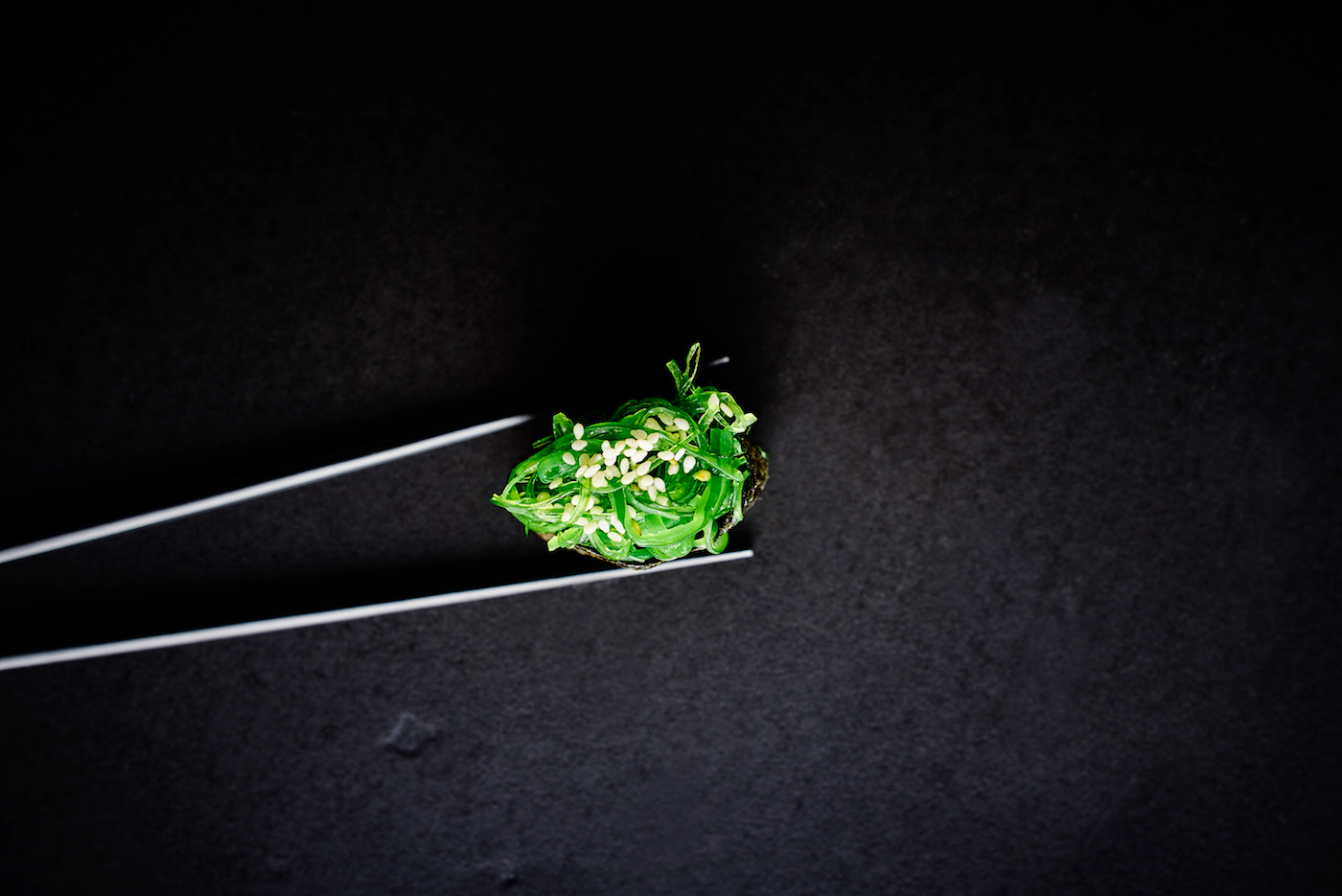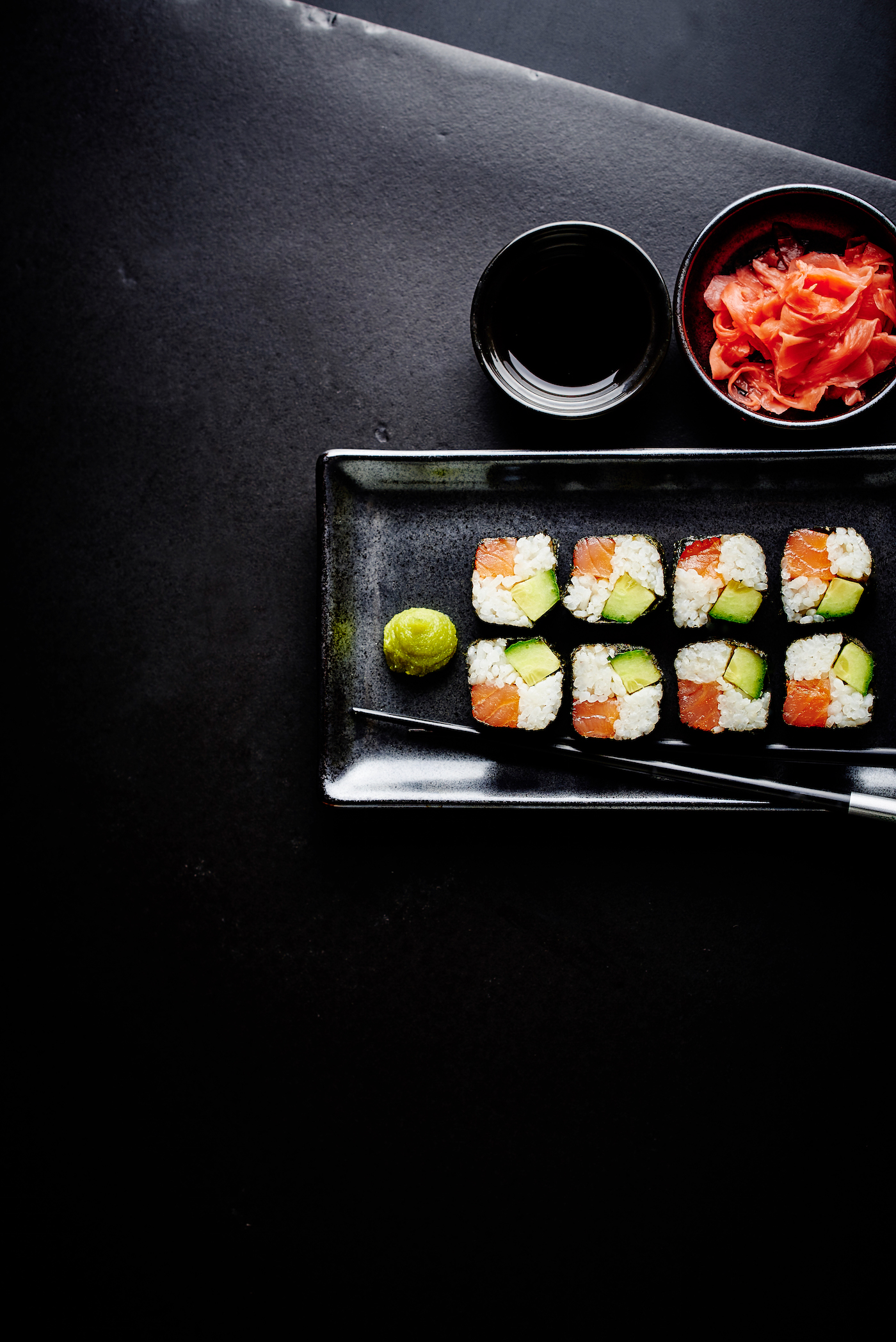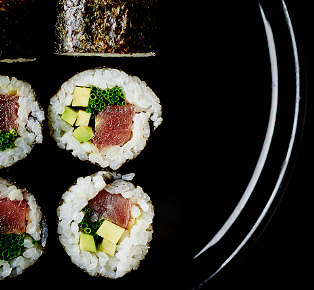
Sushi competition is absolutely endless in Japan, you may have idea on which restaurant you like to go but there are lots of crazy things about sushi that you actually don't know about!
1.Even fresh sushi is frozen first. Food safety regulations in the US and Europe require that raw fish be frozen for a certain amount of time to kill parasites. In Europe, raw fish must have been frozen at -20 degrees Celsius for at least 24 hours. Even the freshest raw fish served in Western sushi restaurants has been frozen, which damages the original taste and texture. Japanese sushi masters are trained to recognize potential problems such as flukes and parasites in fish and avoid serving them.


2. our wasabi is probably not real wasabi. Real wasabi comes from the root of the wasabia japonica plant, not horseradish. The powerful burn of wasabi comes from naturally antimicrobial chemicals in the plant, the perfect compliment for consuming raw seafood which may contain parasites. Authentic wasabi is pricey. The stuff typically provided in sushi restaurants is made from horseradish and mustard powder, then dyed green with artificial dyes to resemble real wasabi.
3. Sushi has always been cosmopolitan. The image of a sushi chef at the top of a secluded mountaintop is a false one. Sushi has always been most strongly associated with Tokyo, so much so that the term for the most commonly adopted style of sushi (edomai) derives from the old name for Tokyo (Edo).

4. Unlike sashimi, which is almost always eaten with chopsticks, nigirizushi is traditionally eaten with the fingers, even in formal settings. Although it is commonly served on a small platter with a side dish for dipping, sushi can also be served in a bento, a box with small compartments that hold the various dishes of the meal.
5. Sushi caught on originally as a cheap, quick snack to eat with the hands while enjoying a theater performance.

6. Some of the ingredients in sushi can present health risks. Large marine apex predators such as tuna (especially bluefin) can harbor high levels of methylmercury, which can lead to mercury poisoning when consumed in large quantity or when consumed by certain higher-risk groups, including women who might get pregnant, pregnant women, nursing mothers and young children.
7. The oldest form of sushi in Japan, narezushi, is still made by wrapping fish in soured fermenting rice, which causes the fish proteins to break down into their constituent amino acids. The fermenting rice and fish have both a sour and an umami taste.

8. The term sushi comes from an antiquated grammatical form no longer used in other contexts, and literally means “sour-tasting”, a reflection of its historic origin as a fermented food.
9. The main ingredients of traditional Japanese sushi, raw fish and rice, are naturally low in fat, high in protein, carbohydrates (the rice only), vitamins, and minerals, as are gari and nori. Other vegetables wrapped within the sushi also offer various vitamins and minerals. Many of the seafood ingredients also contain omega-3 fatty acids, which have a variety of health benefits.
Photo by Eglė Ma / Post by I-M on 5 April, 2017



























